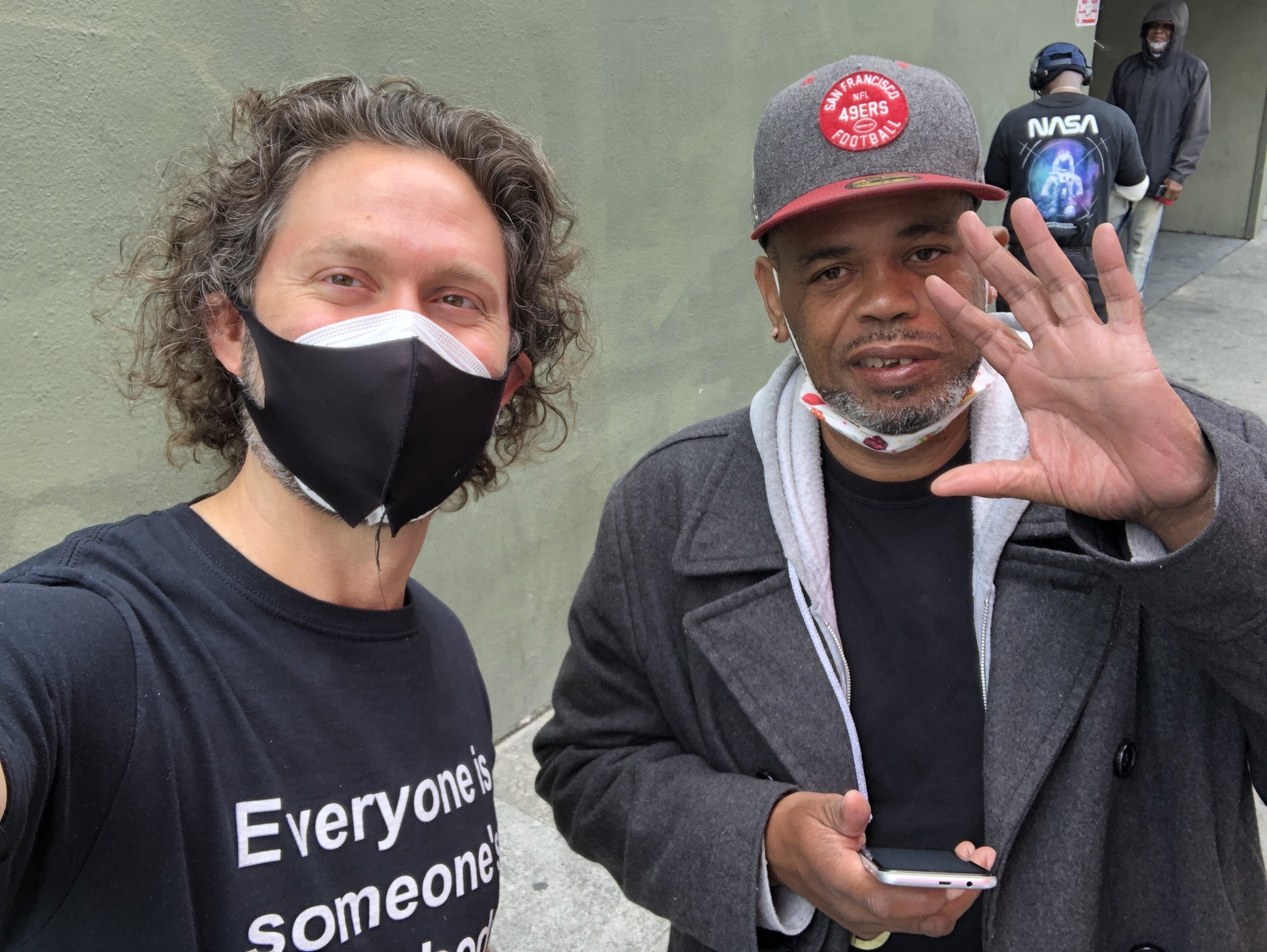Where Do People Experiencing Homelessness Go As The World Fights COVID-19?
Author, Lei Nguyen | 3/18/2022
Without a house to isolate, unhoused individuals are among the most vulnerable communities to COVID-19.
The emergence of COVID-19 in the past two years has instigated numerous changes in our lives. Governments have advised people to isolate, wash their hands often, and wear masks in public. Some of these changes have been easier to adapt to than others. For the unhoused population, some of these changes have had drastic effects. The closing of public businesses and facilities has caused unhoused individuals to lose their precarious access to food and basic hygiene. Moreover, unhoused individuals have limited access to rapidly evolving public health information needed to protect themselves from the virus and little means to implement these measures.
Shelters Under Attack During COVID-19
While most individuals quarantined at home, COVID-19 outbreaks occurred in shelters. The virus spread easily within shelters’ crowded communities as effective isolation was often impossible. Thousands have been unable to receive proper care during the pandemic due to the limited number of shelter workers. Experts say the frequent changes of residents in the shelters make it extremely difficult to institute and enforce effective policies to prevent the virus from spreading.
Closure of public toilets and charity kitchens and a lack of volunteers increased the number of unhoused individuals who were forced to find shelters, rapidly increasing shelter populations. Additionally, COVID-19 put thousands out of work, causing many more Americans to face the pervasive problem of homelessness. Temporary housing in a shelter offered physical resources and support but increased interaction with others increasing risk to the virus.
In The Long Run, Where Will The Unhoused Go?
In March 2021, President Joe Biden signed into law a $1.9 trillion COVID-19 relief bill. Under this law, unemployed individuals were supported by $400 per week until the end of September, and the minimum wage was raised to $15.
But were Biden’s efforts enough? San Francisco currently has the highest rent in the US, with an average one-bedroom apartment priced at about $3,700 per month, nearly $1,000 more than rent in New York City. Statistics show that, in January 2019, there were more than 8,000 unhoused individuals living in San Francisco. According to Jennifer Friedenbach, executive director of the social advocacy group Coalition on Homelessness, the actual number could be much higher, after accounting for the COVID-19 relief bill.
Despite legislative efforts, the homeless crisis shows no signs of cooling down. Organizations and social enterprises in San Francisco have been attempting to implement many initiatives in an effort to support the local unhoused population.
Miracle Messages implemented Miracle Money, a program gives unhoused individuals $500 cash for 6 months for basic needs and their own investments. Of the 9 recipients, 6 were able to secure stable housing after the basic income.
Help us share our recipient’s stories on social media. You are a part of the journey to help house the unhoused.
Interested in this work? Join us, learn more, or donate today.


